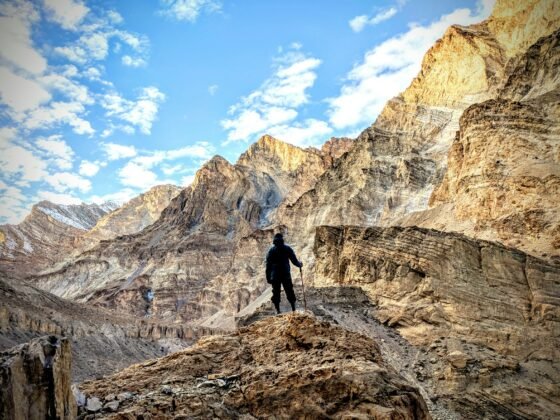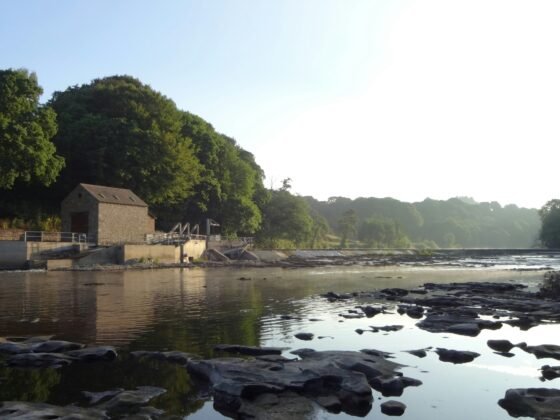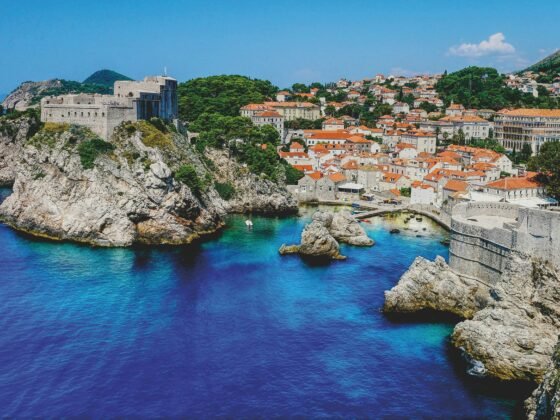If you want to spot just about every mammal that lives in South Africa, including the Big 5, then you must take a safari in the Pilanesberg National Park and Game Reserve. It has a stunning landscape combined with lush valleys. It’s a place that has been populated by humans for thousands of years; there is evidence of early man everywhere in the park. Numerous stone and Iron Age sites can be seen all over the park.
History of Pilanesberg
A proclamation in 1979 created the Pilanesberg National Park. During its first 15 years the reserve had little or no populations of indigenous game. This was as a result of the land being used by commercial farmers. From 1979 to 1993 everything associated with the farmers was removed and the land was replenished with indigenous game and a tourism infrastructure was put in place. Today the park covers some 572 km² and lies next to Sun City.
Wildlife in the Pilanesberg National Park
Today visitors to the park are able to see every type of mammal that lives in Southern Africa including the Big 5; rhinoceros, lion, African elephant, Cape buffalo and leopard. In addition there are also black and white rhino, African buffalo, zebras, hyenas and giraffes roaming the park. The lakes are home to hippos, crocodiles and some 360 different bird species. There are also cheetahs, sable antelopes and caracal.
The Pilanesberg Crater
Visitors to Pilanesberg National Park will be able to get up close to the volcano that was created 1300 million years ago. It has been extinct for quite some time although this particular volcano complex is considered to be one of the largest on the planet. The rock types found here are rare and its structure makes this a place of great interest to the world of geology. This area is referred to as the “Pilanesberg National Park Alkaline Ring Complex”.
Transition Zone
The Pilanesberg Park is located in a transition zone that exists between the wet Lowveld vegetation, sometimes called Bushveld and the hot and dry Kalahari. This situation provides visitors with the unique opportunity to see the interaction of mammals, birds and special vegetation created by the transition zone. The red eyed bulbul, brown hyenas will mix with impala and black eyed bulbul among camel thorn trees, Cape chestnut trees and more. The vivid colours and impressive views make the park a favourite place for both professional and amateur photographers.
Exploring the National Park
Because of its size, trying to see much of the park can be made as possible by various transportation methods.
Hot air balloon – Enjoy floating serenely over the park spotting the wildlife below. Take a dawn balloon safari which lasts an hour and floats during the sunrise with a wonderful champagne breakfast on landing.
Guided game drive – Opt for a morning or afternoon guided safari adventure where an expert safari guide will take you around the park in search of wildlife and birdlife with plenty of opportunities for stunning photography.
Enjoy a Picnic – There are five different spots in the park designated for picnics. There is a great spot that overlooks the park atop a hill there are three spots with impressive view of the lakes and plains below. Each of the picnic spots is equipped with a place to barbeque with water, shaded areas, toilets and all are surrounded by a fence!












